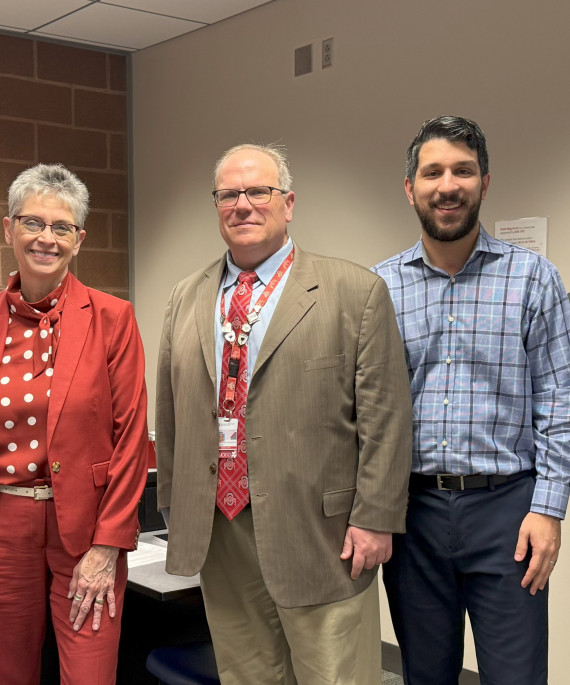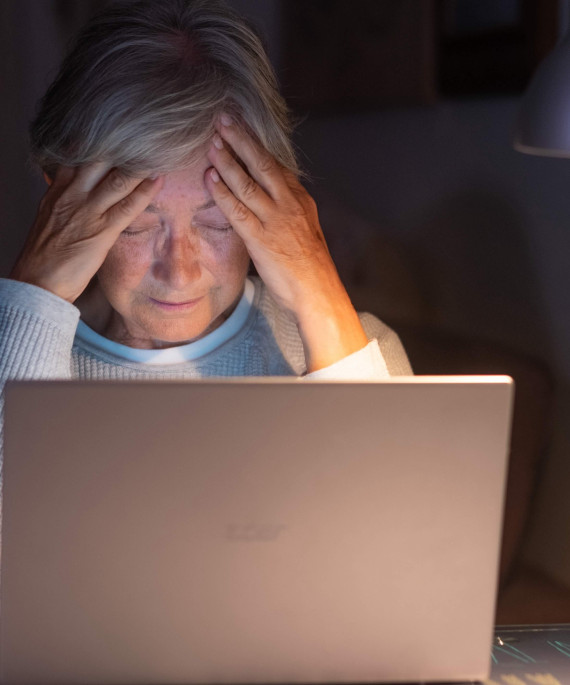
For thousands of young adults who are homeless, opioid use seems practically analogous with living on the streets. Drugs are omnipresent; many of youths’ peers use them; and living outside affords little escape from opioids’ killer influences.
A new $6.4 million National Institutes of Health grant awarded to Ohio State will test for the first time the correlation between the two problems, to see if having a home can inoculate young adults against opioid use. The award is one of three NIH Helping to End Addiction Long-Term Initiative, or HEAL grants, received by the university.
Natasha Slesnick, professor of human development and family science in the College of Education and Human Ecology, is principal investigator for the project, along with Kelly Kelleher, professor of pediatrics and health behavior and health promotion.
Slesnick believes that homeless youth, 18 to 24 years old, have some of the highest overdose rates among subpopulations of opioid users.
“When homeless youth die, they get buried in unmarked graves, and nobody knows who they are or what their story is,” said Slesnick, also associate dean of research and administration for the college. “So, it's difficult to track death amongst homeless youth unless you're focused on them.”
Across all age groups, Ohio has the nation’s second-highest rate of deaths from opioid overdose, behind West Virginia. Overall opioid deaths decreased, barely, nationwide in 2018; but deaths from fentanyl and methamphetamines — street drugs — continue to rise. And homelessness among young adults is on the rise, too, in places like central Ohio, Slesnick said.
Last year, a drop-in service center for homeless youth in Columbus named Star House received 1,000 unduplicated clients. That’s twice the number of youths who visited the center in 2014.
“Those 1,000 have got to be just a small fraction of the total,” Slesnick said. And previous studies show that 50 to 79 percent of homeless young adults report opioid use.
First study of its kind
The five-year study will test whether providing housing along with risk-prevention services deters opioid use better than providing the services alone. It will offer intervention to 240 homeless 18- to 24-year-olds determined to not yet be opioid addicted but at high risk for it.
Half of those will receive housing in areas they choose throughout Columbus. All will receive six months of intensive outreach and intervention, with advocates arranging medical care and helping them secure IDs, register for classes and get job training, for example.
“They don't just hand them a flyer saying this is where you go,” Slesnick said, “but actually go with them for their appointments, and set up the appointments. They will really be side by side with the youth to get their needs met.”
The research seeks to answer whether that advocacy is enough to prevent opioid use while some youth remain in an environment that can be rife with drug influences.
“We know that the longer you're on the streets, the more likely you are to develop an opioid use disorder,” said Slesnick, who conducted previous research providing housing intervention to homeless mothers and their children.
The new study will be the first to focus on the effects of housing for a broad range of homeless youth, including males, she said. That’s significant because, across age groups, males die from opioid overdoses nearly twice as often as females do, according to the Centers for Disease Control and Prevention.
It will also capture young adults before they age into a category for which opioid use is particularly fatal: In 2017, adults 25 to 34 nationwide were more than three times likely to die of opioid overdose than younger adults, and four times more likely in Ohio.
The study is not all about repairing deficits, Slesnick said. The advocates will encourage the subjects to reframe their potential. If they excelled at chemistry in high school, for example, they’ll be encouraged to enroll in a college-level course. If they’re good at car repair, they’ll get help applying for jobs in that field.
“We're trying to build upon their strengths, and then build their resources,” she said, “so they're successful in getting off the streets and having the kind of life that most people long to have.”
“Ultimately, we’re working to prevent opioid use disorder and untimely deaths among these underserved, understudied young people.”




